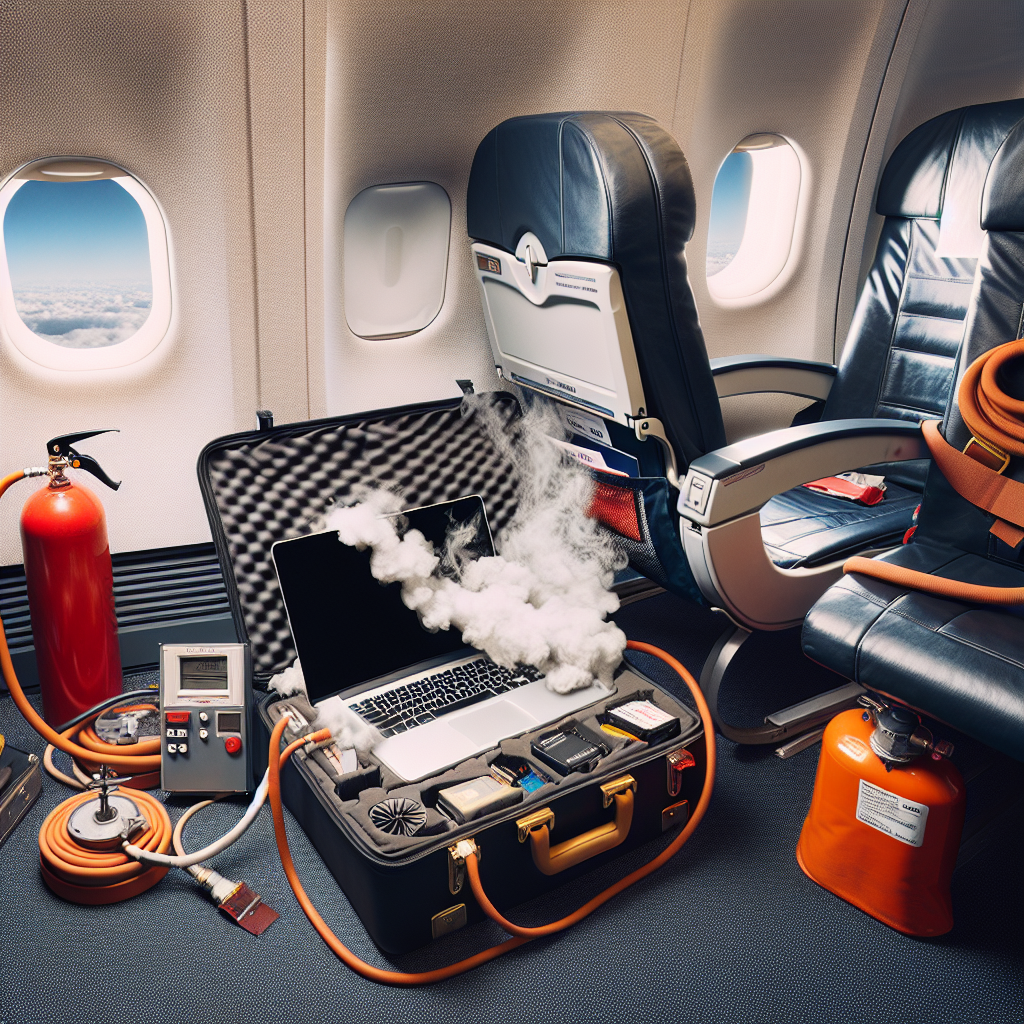
Miraculous Incident Aboard Alaska Airlines as Flight Crew Averts Potential Disaster
Share
On December 29th, 2022, passengers aboard an Alaska Airlines flight witnessed what could have escalated into a fiery catastrophe. In a remarkable turn of events, the vigilant flight crew quickly addressed a thermal incident inflight when a passenger's laptop began to emit smoke amidst the clouds.
The alarming incident unfolded midair as concerned passengers notified attendants of an acrid smell emanating from a nearby seat. The flight crew sprang into action, leveraging their training with expert precision. They swiftly secured the smoking device within a Thermal Containment Bag specially designed for such emergencies. Passengers exhaled sighs of relief as the defused crisis allowed the aircraft to continue its journey safely, landing without any further incidents.
The event, although contained, brings forward an important discussion on the necessity of preparedness for thermal incidents in flight. These occurrences, while rare, pose a dramatic risk to passenger safety. The outcome of this episode has been a testament to the crew's readiness and the effectiveness of using containment solutions for overheating electronic devices.
Industry experts have since addressed the public, emphasizing the significance of immediate and appropriate responses to such threats. Not only do they reinforce the vital role of crew training and the availability of containment devices, but they also shed light on innovative products designed for passenger's peace of mind.

Enter the FireTowel, an exemplary device that offers an additional layer of protection. Boasting a revolutionary design, this towel exceeds the conventional fire blanket with its denser material and strategic weighting on its perimeter. These features serve to smother and trap smoke effectively, with added handles that afford easy maneuvering and the capability to secure the device once the heat source has been neutralized. With the inclusion of FireTowels under each seat, passengers could proactively respond to personal electronic device (
